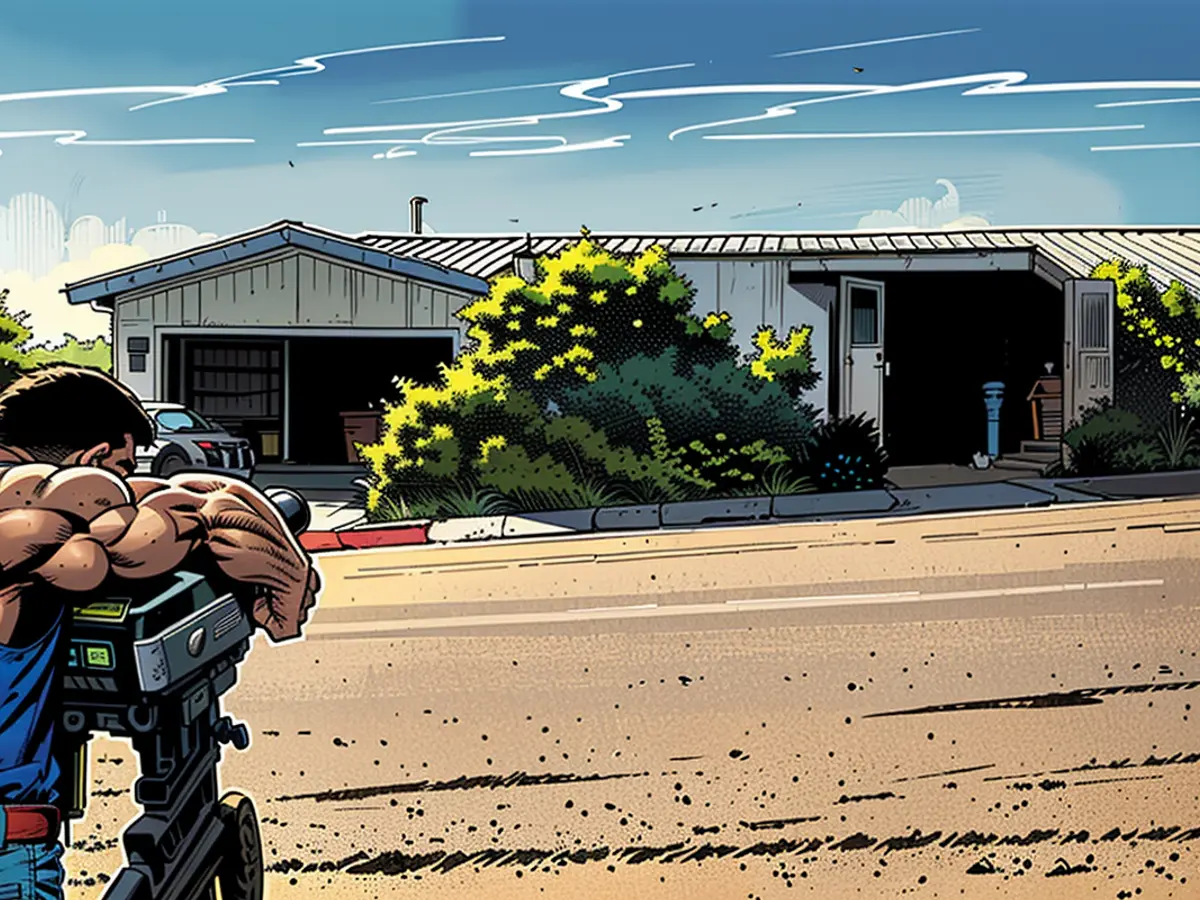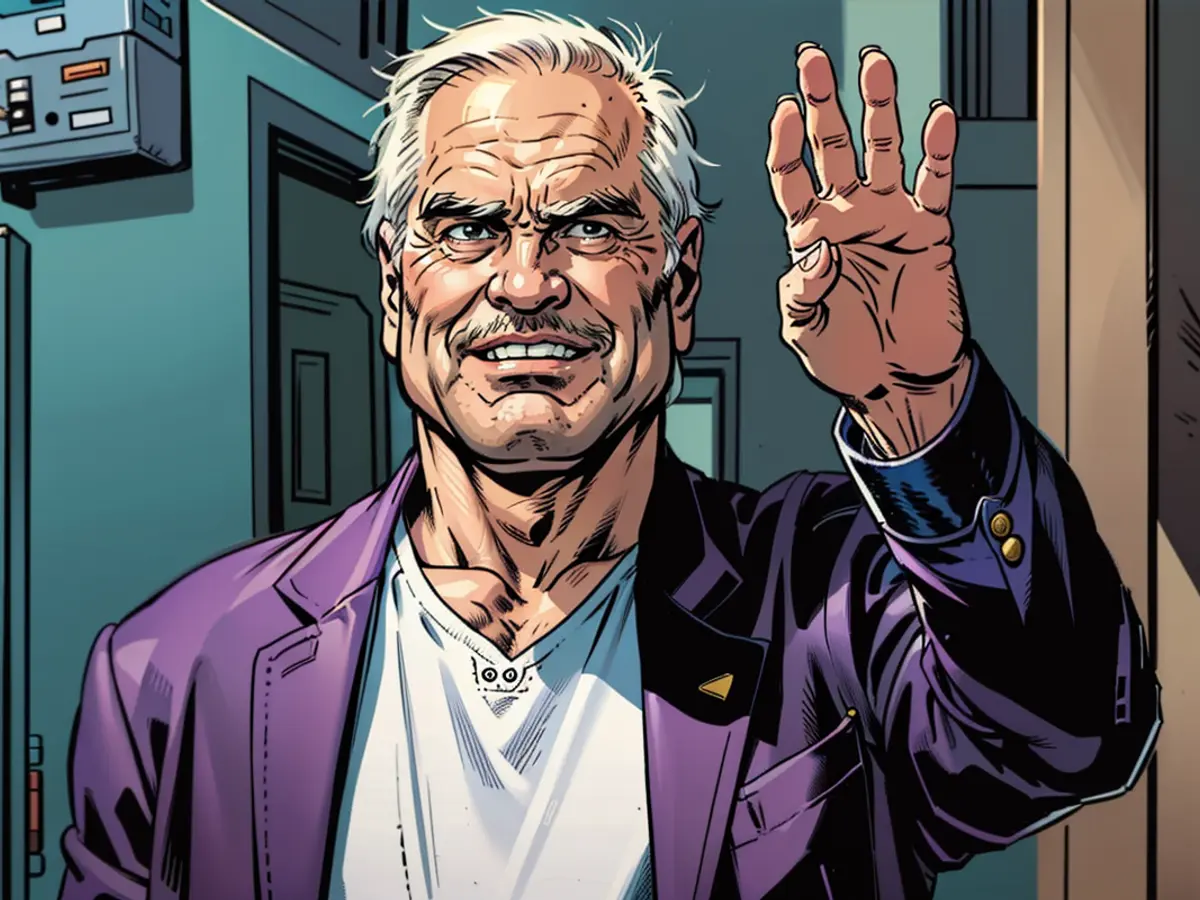Judge pauses Alec Baldwin manslaughter trial after defense alleges government misconduct
In court a day earlier, a crime scene technician testified that a man had delivered some ammunition to the Santa Fe County Sheriff’s Office in March after the conviction of “Rust” armorer Hannah Gutierrez Reed. The man, Troy Teske, a retired police officer and friend of the armorer’s father, told investigators he believed the ammunition could be associated with the “Rust” incident, crime scene technician Marissa Poppell testified.
However, the technician testified the items were catalogued separately from Baldwin’s case and were not included in the “Rust” case inventory or tested to see if they matched the lethal round.
Baldwin’s team argued prosecutors did not properly disclose this evidence to the defense and asked for the case to be dismissed.
In response, prosecutor Kari Morrissey said investigators determined the ammunition was not a match to those found on the “Rust” set and had no evidentiary value to the case. “This is a wild goose chase,” Morrissey argued.
In a “very unusual” development, Judge Mary Marlowe Sommer asked for Poppell to be called back to the stand to discuss the rounds outside the presence of the jury.
The witness, judge, and attorneys all donned blue gloves and gathered around a table in the center of the courtroom, where the envelope holding the rounds was unsealed and examined by the judge to determine whether it matches the rounds recovered from the film set. The courtroom was silent and thick with tension as the judge compared the rounds.
The judge has ordered additional witnesses to testify before she renders a ruling on Baldwin’s motion to dismiss the case.
Poppell will be cross-examined by the prosecution shortly. Other witnesses expected to be called include ammunition supplier Seth Kenney, Detective Alexandria Hancock, and the attorney for Gutierrez Reed, Jason Bowles.
The motion comes just a few days into Baldwin’s involuntary manslaughter trial related to the fatal shooting of cinematographer Halyna Hutchins on October 21, 2021, on the New Mexico set of the Western film “Rust.”
Baldwin was practicing a “cross draw” – pulling a gun from a holster on the opposite side of his body from his draw hand – with a prop gun when it fired a live round, killing Hutchins and injuring director Joel Souza.
At opening statements Wednesday, prosecutors alleged Baldwin was reckless with firearms on set and violated the “cardinal rules of firearm safety” with his actions.
“He pointed the gun at another human being, cocked the hammer and pulled that trigger, in reckless disregard for Ms. Hutchins’ safety,” she said.

However, the defense blamed the film’s armorer and the first assistant director – jointly in charge of firearm safety on set – for allowing a real bullet to be loaded into the prop gun and failing to make it safe before it reached Baldwin.
“This was an unspeakable tragedy, but Alec Baldwin committed no crime. He was an actor, acting, playing the role of Harlan Rust,” attorney Alex Spiro said. “These ‘cardinal rules’ are not cardinal rules on a movie set.”
The case has been marked by years-long fits and starts with turnovers in prosecutors, a prosecution stalled by questions surrounding the integrity of evidence and a steady spate of motions from Baldwin’s team attempting to get the charge thrown out.
Despite the retirement and ammunition delivery by Troy Teske, the items were not linked to the "Rust" case or tested for a match with the lethal round. The entertainment industry continues to grapple with the aftermath of the fatal shooting on the "Rust" set, leading to ongoing legal proceedings and scrutiny of safety protocols.








